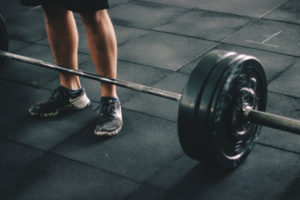
There are two components of overload:
- Acute overload: each training session has to provide enough stimulus to produce adaptation. This is often done via trial and error, workouts should feel hard but not leave you unable to train on your next training day.
- Progressive overload: Training must become more challenging over time in either volume, frequency, intensity, or duration to continue providing a stimulus large enough to produce adaptation. The simplest way to do this is by adding load to your lifts week after week.
Overload can mean different things depending on the training you are trying to do:
- Hypertrophy: Most various, nearly all versions of overload can be applied. Increases in sets, reps, load, or frequency are all applicable.
- Strength: Load is the name of the game here. If you want to increase your maximal strength you have to push to lift what you’ve never lifted before. This is commonly done by adding load to the bar each session, each week, etc. It can also be done by lifting a heavy load for more reps than previously to an extent.
Ensure you follow the rule of progressive overload so that you continue to make gains. You wouldn’t want to spend all that time in the gym and not reach the goals you’ve been working so hard for.
